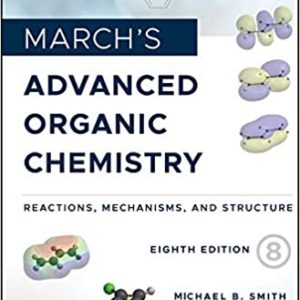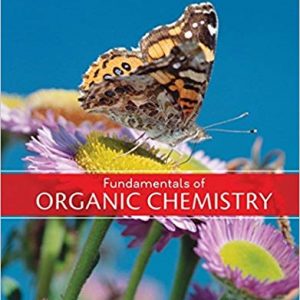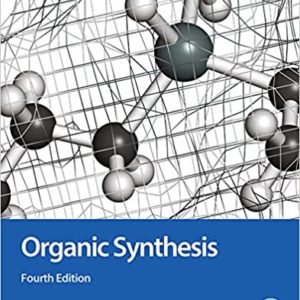The Compendium of Organic Synthetic Methods (PDF) serves as a handy desktop reference for organic chemists to browse new reactions and transformations of interest, facilitating the search for functional group transformations in the original literature of organic chemistry. Volume 13 contains both functional group transformations and carbon-carbon bond forming reactions from the literature in the years 2005-8. It presents examples of published reactions for the preparation of monofunctional compounds.
Among many other subjects, Volume 13 covers:
- Oxides
- Alkynes
- Alkenes
- Hydrides
- Alcohols and Thiols
- Halides and Sulfonates
- Difunctional Compounds
- Alkyls, Methylenes, and Aryls
- Epoxides, Ethers, and Thioethers
- Carboxylic Acids, Esters and Amides
The Compendium of Organic Synthetic Methods series facilitates the search for quality, selected functional group transformations, organized by reacting a functional group of starting material and a functional group formed, with full references to each reaction. Presents examples of published reactions for the preparation of monofunctional compounds from the literature of 2005-8. It provides a handy reference and a valuable tool to the working organic chemist, allowing a quick check of known organic transformations. Stringent criteria for inclusion of reactions, including the real synthetic utility of reactions, reagents readily available or easily prepared and handled in the laboratory
The Compendium of Organic Synthetic Methods, Volume 13, presents about 2,500 examples of published reactions for the preparation of monofunctional compounds, updating the more than 18,000 examples in Volumes 1–12. It also contains about 1,000 examples of reactions for preparing difunctional compounds within various functional groups, updating the more than 10,000 examples in Volumes 1–12. Volume 13 adds 99 pertinent reviews, long a feature of this series, in various sections. A useful alphabetical list of all cited authors follows chapter 16.
The organizational scheme classifies chemical transformations first by reaction of the functional group of starting material, then by a functional group formed in order to provide for quick reference and information retrieval. In addition, indices for mono- and difunctional compounds efficiently guide the user to specific classes of transformations.
Compendium of Organic Synthetic Methods, Volume 13 provides a highly focused source of information on the methods, reactions, and transformations in contemporary organic chemistry for the working chemist and student alike.







Reviews
There are no reviews yet.